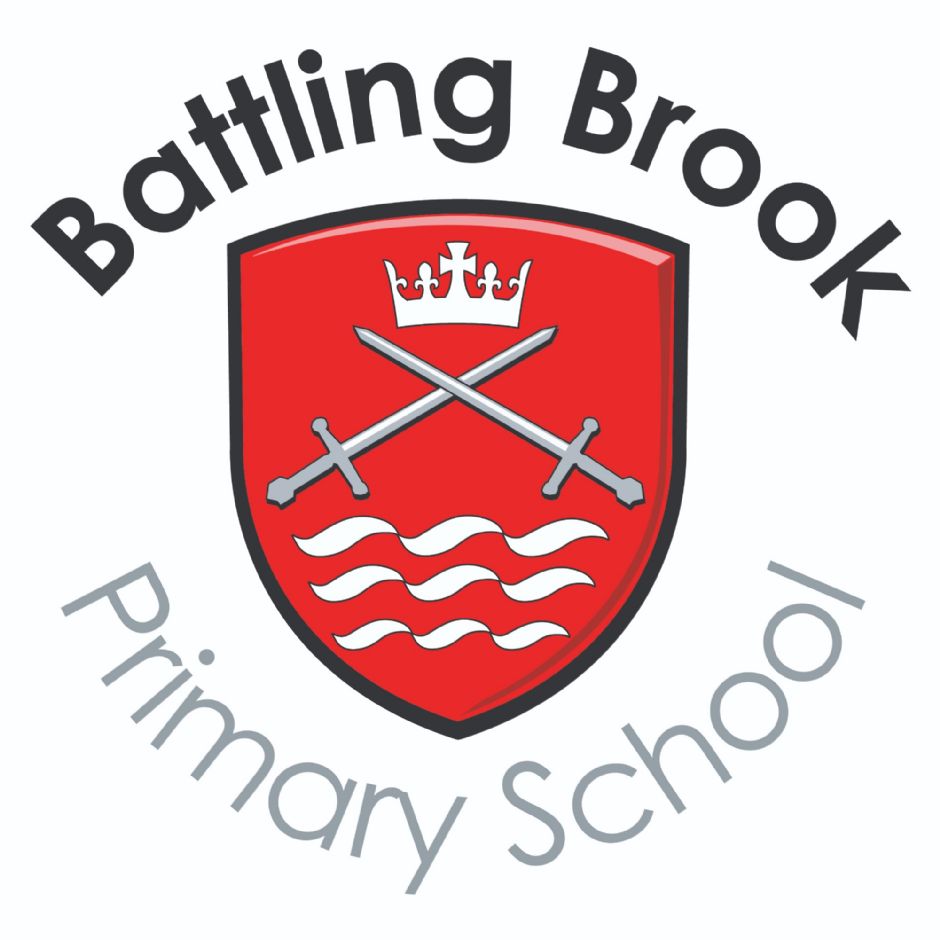Design Technology
At Battling Brook children benefit from a wide range of design experiences, allowing them to be innovative and creative as they work on a number of design projects each year. As part of these projects, children will design, make, evaluate and improve their products, while also building on and developing the physical skills necessary to make them.
Our Design & Technology curriculum is based on Chris-Quigley’s Essentials curriculum. We have adapted this curriculum so that it works for our school. Over their time in Battling Brook, children will learn about four broad areas of Design & Technology: structures, mechanisms, food and electronics. The overview below shows what children in each year group learn and how the knowledge from younger years is built upon in older years. At Battling Brook, we have prioritised units of work that involve food: there is a unit based on food in every year group. This is because we know our children very much enjoy cooking, but also because we believe this is a very important way in which the school can help children to understand what it means to live a healthy lifestyle and to know the importance of growing and cooking with your own food. Food projects in school will mostly use food grown by the children in our school garden.
Our DT curriculum is meticulously planned and structured to enable children to continuously build on a body of skills and knowledge throughout their learning journey from Reception to Year 6. This is linked to the National Curriculum Programme of study for DT.
The EYFS curriculum at Battling Brook promotes an ethos of curiosity and questioning in a secure environment to enable children to be creative and build on their interests, through a wide range of materials and resources. We offer a balance of adult-led skills-based activities and continuous provision which allows children to practice new skills, make choices and have confidence in their own ideas to ‘have a go’ at being creative and designing their own products (e.g. their own Diva lamp and Easter Bonnet)
At Battling Brook, children benefit from a number of design projects each academic year in key stages 1 and 2. Each project takes place over a series of weeks building on skills and knowledge from previous years to ensure progression.
Every design project includes four distinct parts:
- Learning technical knowledge and vocabulary needed for the project (learning about structures, mechanisms and food and nutrition)
- Practising skills needed to make the product (cutting, joining, measuring, scoring, assembling and strengthening)
- Finding inspiration by looking at the designs of others (developing an appreciation for design processes)
- Going through the design process of designing, making, evaluating and improving (developing the process of design, thinking and seeing design as an iterative process).
The planning and organisation of our teaching and curriculum at Battling Brook uses a mastery approach to enable children to develop a broad DT subject knowledge, drawing on a range of cross-curricular disciplines including mathematics, science, computing, and art. Children are encouraged to become resourceful, innovative, and enterprising in their ideas and solutions. Through the evaluation of past and present design and technology, they begin to develop a critical understanding of its impact on daily life and the wider world.
At Battling Brook, we know it is vital that the design process is understood as an interactive process of ‘think’ ‘make’ ‘break’ (evaluate) ‘repeat’ and that children have the opportunities to practise this process, so that they may master these skills; including looking at the weaknesses of the designs to develop their thinking and allow them to make relative adjustments.
Our DT curriculum is planned to excite and enthuse all children, and inclusion is at the heart of our school’s ethos. Learning challenges are differentiated and children’s diverse needs and potential barriers to learning are always considered and addressed for individual and groups to ensure they are fully included. Ways in which we may help to overcome these challenges include:
- Paired working (e.g. more/less confident readers/writers)
- Visual representations of ideas (e.g. large scale images)
- Alternative or adaptive activities to overcome difficulties with manipulating tools, equipment or materials (e.g. spring-loaded scissors)
- Opportunities to communicate ideas through means other than writing or drawing (e.g. having someone to scribe, use of computer-aided software)
- Time and opportunity to use non-verbal means to gain understanding about and to evaluate different products to use to generate ideas
- Additional time to complete tasks.
